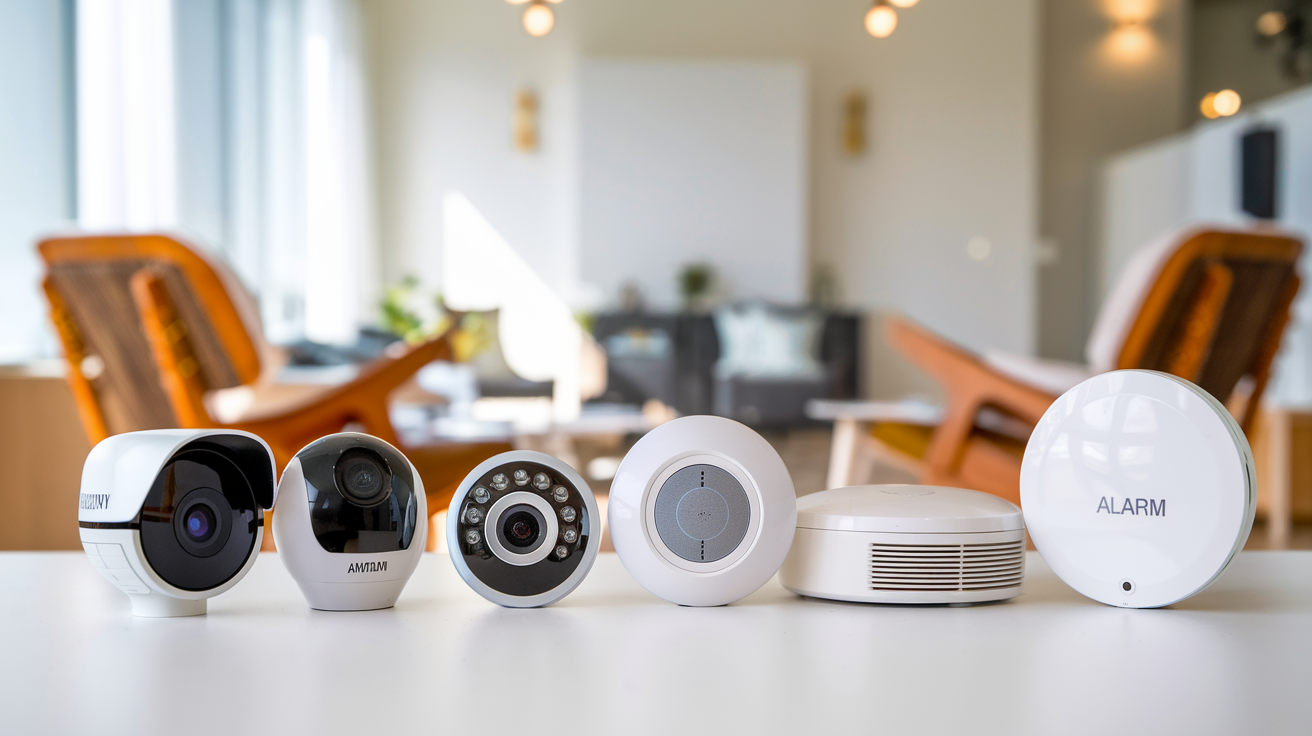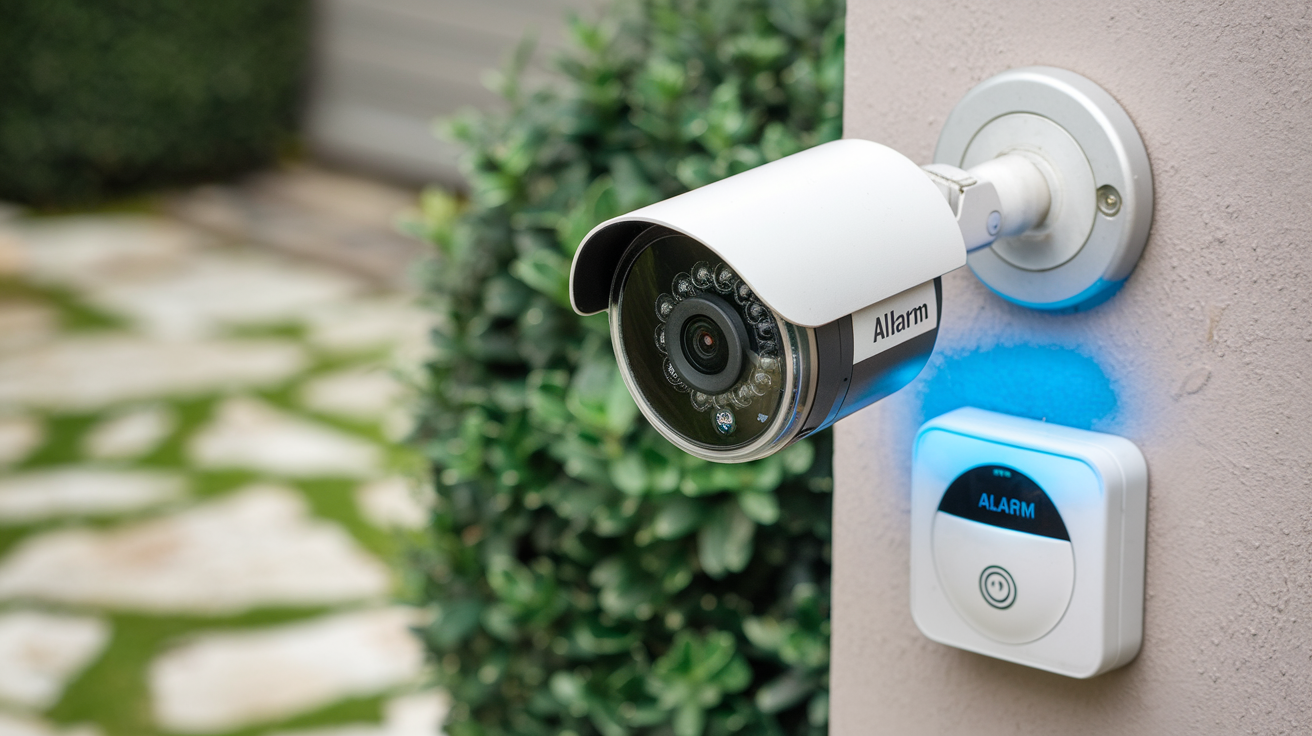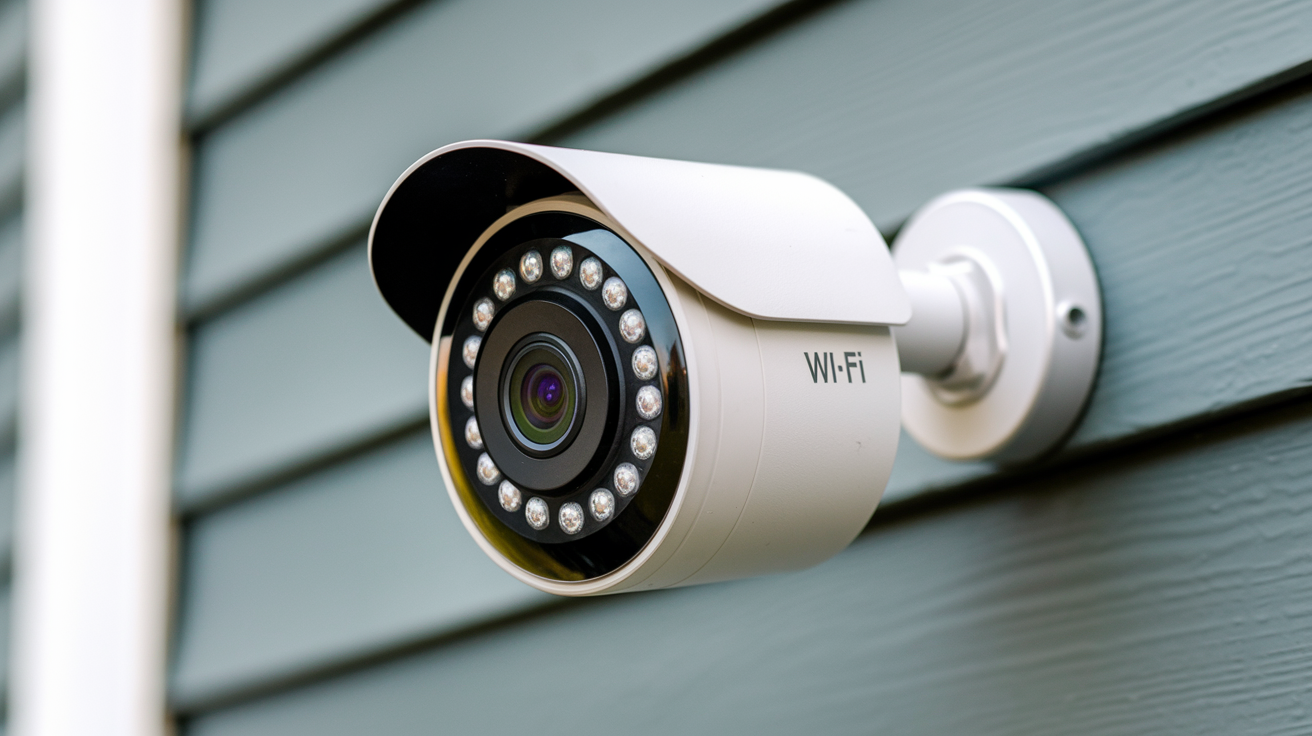Choosing the ideal camera for 2023 is difficult, particularly considering the abundance of options accessible by retailers. DSLR and Mirrorless cameras are the two most often used types of them. Still, in terms of picture quality, video quality, size and weight, lens choices, battery life, and so on both devices have advantages and shortcomings. This page seeks to assist you in deciding which kind of camera— DSLR or mirrorless—fits you best.
Image Quality
Regarding picture quality, the most recent models of DSLRs and mirrorless cameras are very comparable. High-end versions from companies like Canon, Nikon, and Sony include sensors and image processors that can record a lot of information and function well in low-light situations.
For resolution, some of the best choices are the Nikon D850 with a full-frame sensor of 46 MP, and the Sony A7R IV with 61 MP. But still, megapixels do not necessarily translate to better quality it also depends on the size of the sensor and the image signal processor.
Another potential pro that some mirrorless cameras have over others is the ability to accommodate higher quality lenses as the distance between the lens mount and the sensor in mirrorless cameras is shorter. This means lenses designed purely for mirrorless can be sharper and can address problems such as distortion.
This means that for most men without a professional photography career, the difference between using a high-end DSLR camera and a mirrorless one will not be very noticeable. Both take amazing pictures and have enough pixel density for large-format prints.
Video Capabilities
As photography merges with videography, it's becoming rather crucial to have advanced video features on your device. This is an area where mirrorless cameras have traditionally had a lead over most DSLR models from Canon and Nikon.
Aspects such as the video autofocus in the video mode, subject tracking, mic inputs, zebra striping, LOG for color correction in post-production, and 4K 60p recording modes are better or only available in mirrorless cameras such as the Sony A7S III and Canon EOS R6. Some of them have flip-out screens which also make video shooting more easier as well.
However, some newly emerged models such as Nikon D780 and Canon EOS 90D come with quite decent video features. Still, they are often less equipped with such high-end video-centric features than mirrorless rivals in the same price range.
Size and Weight
Another major factor that separates the two types of cameras is the size and weight of the camera. The absence of an optical viewfinder and mirror system leads to the smaller size of mirrorless cameras. This makes them more portable and can be carried around during the day for travel photography or things like street photography.
For example, compare the mid-range APS-C models:
Canon EOS 80D DSLR Weight: 730g Fujifilm X-T30 Mirrorless: 383 g
Or the pro-full-frame models: Or the pro-full-frame models:
Nikon D850 DSLR 1005 g Sony A7R IV Mirrorless 665g
Though some of the premium lenses may still contribute a lot of weight, a mirrorless camera combination may weigh half or even less than comparable DSLR equipment.
One drawback of smaller sizes is that controls and ergonomics are generally less satisfactory than in bulkier DSLRs. Thus, mirrorless camera handling and comfort are being improved by manufacturers all the time.
Lens Selection
Another conventional strength of DSLRs was the vastly superior number of native lenses. DSLR mounts from Canon and Nikon have been in development since the early 1990s, while mirrorless mounts didnât appear about 10-15 years ago. This means for DSLR photographers, particularly the Canon and Nikon brands, there are millions of lenses available from simple to complex exotic super telephoto lenses and specialist lenses.
However, for most consumers who will only ever need to have say, a standard zoom, a telephoto zoom, and a few primes, the issue of choice of lenses is no longer a problem with mirrorless cameras. Sony, for example, has over 60 E-mount lenses, Fujifilm has over 40 X-mount lenses, and Canon RF and Nikon Z mounts have around 30 native lenses and growing. Third-party lens support is also now available more frequently.
Battery Life
Another area where most DSLR cameras still have an edge over most mirrorless models is in battery power. The absence of an electronic viewfinder also translates to a longer battery life often even over double that of a mirrorless camera. This means reduced time in tracking usage and charging the spare batteries when shooting for the whole day or working in off-grid areas.
The latest models of DSLR cameras such as the Nikon D850 can take over 1800 shots on a single charge compared to 400- 650 shots on the latest mirrorless cameras like the Sony A7 IV in the same price range. Some tricks like turning the sleep mode, lowering the use of the screen, and shooting with the optical viewfinder only can help to make the battery life of the DSLR even longer.
Viewfinders and Preview
Optical viewfinders in a DSLR are more natural to use, and real-time shooting does not have any delay localized in an electronic viewfinder. This makes it easier to follow action shots and judge subtle changes in composition. But what you view on the optical finder is not what you record with the camera sensor. One of the key advantages of electronic viewfinders used in mirrorless cameras is that they enable a true-to-life preview, including effects and exposure.
There have also been vast enhancements in the electronic viewfinders in terms of resolution and feedback rate with rates as high as 3-5 million dots and an extremely natural viewing experience. Some of the mirrorless camera models allow the user to preview images on the rear screen of the camera and so does the DSLR camera and this is made possible due to the large, high-quality screen, vari-angle, and touch screen.
Autofocus Performance
Hence, DSLR cameras employ fast and accurate phase detection autofocus systems. Cross-type AF points allow for correct focus performance even when the camera is held in the portrait position. However, mirrorless AF technology has continued to evolve to the extent that it meets and even surpasses the performance of almost all DSLR cameras, albeit in the higher-end category.
There are also some benefits when it comes to video and live view shooting, where the mirrorless cameras can utilize the phase detection autofocus across the whole frame, which is faster and more accurate. Evaluating the ability of the new generation mirrorless cameras to track subjects is incredibly impressive. Modern cameras, such as the Sony A1 and the Canon EOS R3, track subjects nearly perfectly, even if they move in unpredictable manners.
Shooting Speed
There is one area that gives top-end DSLRs a slight performance advantage most of the time: shooting speed thanks to the phase detection autofocus. For instance, the Nikon D6 can fire at 14 frames per second, while the Sony A1 has a faster 30 fps but is electronically limited by the shutter mechanism. Both are intensely quick and will not hamper anyone other than the extreme sports photographer though.
At one point, even the budget and mid-range mirrorless cameras were significantly slower than their DSLR counterparts but the latest generation models such as the Fujifilm X-T30 Mark II and Sony A6100 offer 8 fps continuous shooting which should be enough for most users.
Weather Proofing and Construction Standards
Durability, weather resistance, and build can normally be more consistent in high-end DSLR cameras due to the size and mechanical features of the construction. However, brands that were famous for building sturdy equipment such as Pentax now only focus on manufacturing mirrorless cameras. Some of the mirrorless cameras also come in very strong water, dust, and shock-resistant models and thereby make very good outdoor cameras.
Still, the latest models from the Nikon and Canon DSLR series are the most attractive for people who often experience shooting in severe climate conditions such as rain, dust, or low temperatures. However, the latest generations of pro and high-end hobbyist mirrorless cameras also offer sufficient sealing even if many are not as weather-proofed as flagships of DSLR cameras.
Price Considerations
Currently, basic DSLR cameras which are entry-level begibeginners around 500 dollars while basic mirrorless is fast approaching and in some cases have gone below 400 dollars. In this price range, mirrorless cameras normally have better AF and video capabilities than the basic DSLR counterparts at the same price point.
In the mid-range hobbyist segment ranging from $1000-$2000, the prices are relatively similar, especially between the advanced DSLR and mirrorless cameras. For users who require higher image quality and performance for professional purposes, entry-level DSLR and mirrorless cameras are in the price range of 2000 6500 dollars.
Aperture does not differ significantly in price between DSLR and mirrorless. However, both the mirrorless camera and lenses often tend to be of a smaller physical form factor. Sigma, Tamron Viltrox, etc., third-party lens makers have also come up with mirrorless mount versions of most of the popular DSLR lenses.
Making a Decision Between Mirrorless and DSLR Cameras
In general, mirrorless cameras are the most suitable for most buyers in terms of image quality, video capabilities, and camera dimensions. They also have impressive subject-tracking autofocus that makes them ideal for action and wildlife photography. Their compact size is more suitable for taking with you on trips, and they are also perfect for vlogging.
DSLRs are still useful for sports and action photographers requiring excellent AF tracking capability and high frames per second burst rate. New models are also released more sparingly than mirrorless cameras. Their optical viewfinders give a genuine shooting and there's the incomparable lens assortments from Canon & Nikon.
But in the end, both the DSLR and the mirrorless cameras are great, so more or less it comes down to which one fits best with the shooterâs needs in terms of size, shooting style, lens system, and performance.
Protect your home today with ADT’s top-rated security solutions!
Call now at +1 877-470-7879 to get a free consultation and find out how you can secure your home with the best in the business. Don’t wait—ensure your peace of mind with ADT!





